The Nesting Season and Nest Boxes – Everything You Need to Know
As February progresses, it carries with it the first hints of spring and the changing of the season. Snowdrops bring a welcome splash of colour to gardens and woodlands, the winter sun holds at bay the dark night a little longer each day and the temperature, if we’re lucky, drags itself beyond low single figures towards something altogether more welcoming.
It’s no wonder, therefore, that by the time we reach the middle of the month, giddy on the spring air and with the promise of warmer weather just around the corner, all thoughts turn to love and romance. St Valentine once again invites us to bravely proclaim love’s desire or reaffirm an ongoing devotion to a significant other.
But it isn’t just us humans who turn amorous in mid-February. During the Middle Ages, it was widely believed that birds pair up in the middle of the month too and it was this association that led St Valentine’s Day to become symbolic of romantic love.
Before this, February 14th was marked because it is the date St Valentine’s was martyred and was not associated with matters of the heart at all.
Of course, we know now that the belief birds pair up in February is only half right. Traditionally, this is when some species start to nest, but nesting across the different species we regularly see in our garden goes on right through to August.
We also know that providing nest boxes and bird food throughout the nesting season can give the chicks born in and around your garden a much greater chance of survival for the year ahead.
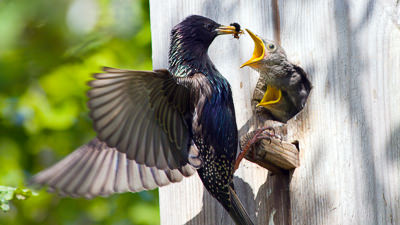
So, as we enter the nesting season, we thought we would take a look at the different types of bird boxes available and where to put them to give those nestlings the best possible start in life.
When do Birds Nest?
Before we discuss the different types of nesting boxes available, it is good to get an idea of when different birds nest, and why that is different between species.
Essentially, it comes down to when the greatest abundance of food is available. Nesting at this time enables birds to have the best chance of successfully raising their young, as there is plenty of food in the environment to feed them.
This is why nesting is spread out over many months. Different birds eat different foods, and these are at their most abundant at different times of the year.
An example of a particularly early nester is the Crossbill. Crossbills feed on the seeds of conifers which they find in conifer pinecones. As these are plentiful in January, it makes sense for the Crossbill to nest then, as there is lots of food about to feed youngsters.
At the other end of the scale are the summer migrants, such as Swifts, Swallows and Martins. These tend to feed on insects, which are plentiful in late spring and early summer, so do not nest until May or even June. Also, as they are migratory and come to the UK for summer, they tend to be travelling before this time.
The majority of birds you will see in your garden, however, such as Blackbirds, Robins, and the Tit family, nest between March and May.
Why Put Up a Nest Box?
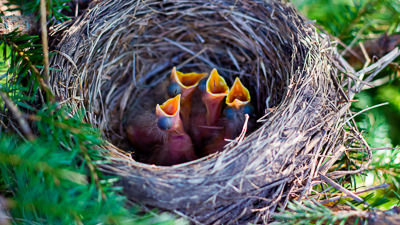
Birds have successfully nested and raised young for thousand of years without bird boxes, so you might wonder why it is they need them now. Well, there are some really good reasons to put nest boxes up in your garden, including:
Most Species of Birds Like Privacy During Nesting
Privacy means protection against predators as it makes the nests harder see and to get to. That’s why many species choose to nest in dense foliage. However, fewer gardens now provide the type of environment birds prefer, so a nest box is a great substitute. With solid wood sides, it provides the perfect protection for nestlings.
Lack of Dead Trees
Dead trees provide habitat for a surprising number of creatures, nesting birds being chief among them. Some species, such as woodpeckers, dig their own nest holes in dead and decaying trees and others depend on abandoned nest holes or natural shelters created when branches fall off to raise their young.
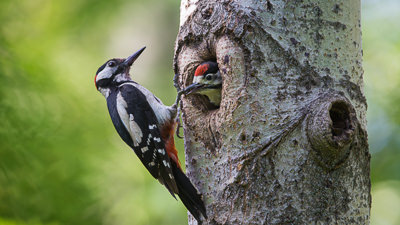
But dead trees are generally seen as dangerous and are removed from gardens, parks or anywhere else with public access as soon as they are recognised, leaving some species with nowhere to go. Nest boxes provide an excellent alternative for them.
Protection Against Predators
Although birds have survived in the wild for many thousands of years, that does not mean they are not vulnerable to predation. In fact, incubating and raising young is often when the parent birds are at their most vulnerable.
Solid, wooden nest boxes provide the best protection available against predators such as cats, squirrels, and birds of prey
Protection Against the Elements
Severe weather is another danger for nestlings, and it takes its toll on the wild bird population every year.
Nest boxes can help reduce the risk of this happening because the solid wooden walls and roof provide better protection against the elements than even the best made nest.
This means that even if you can hear the wind howling and the rain beating against your windowpane, you’ll know the birds in your nesting boxes will be safe and warm.
Different Types of Nest Box
There are many different types of nest box on the market. Which one to buy really depends on what species of bird you want to attract to your garden, or those that you commonly see there.
Many are relatively plain, wooden boxes, whereas others are more ornate with different coloured roofs designed to match different surroundings.
However, the important thing from the bird’s perspective is that they are sturdy, and well put together to prevent draughts or leaks. So, always check the how well a nest box is made, paying particular attention to joints between the different pieces of wood.
It is for this reason, all of our nest boxes are precision engineered by experts at our own woodshop in Yorkshire.
The most common types of nest box include:
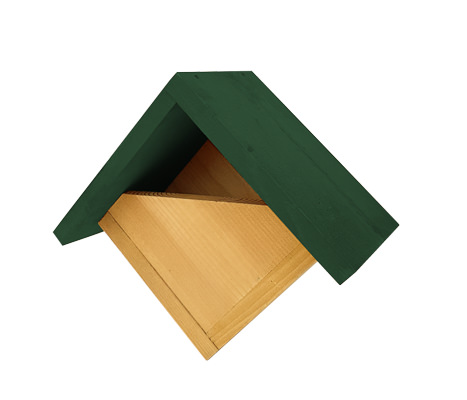
Open Fronted
Birds that build nests in dense undergrowth in which to raise their young, instead of creating or finding a hole in a tree or other structure, tend to prefer an open fronted nest box. This is because it mimics the open design of the nest more closely than a nest box with a hole. Open fronted nest boxes are great for Robins, Wrens, Blackbirds, Song Thrushes, and others.
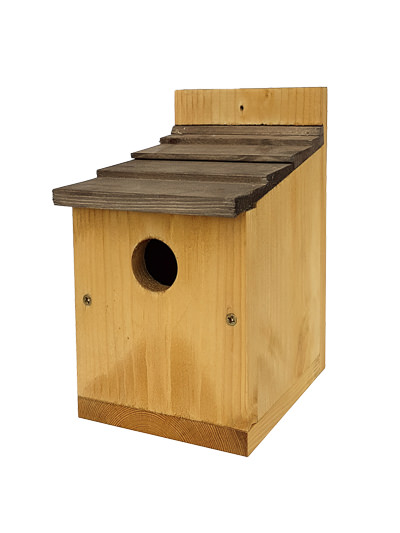
Hole Fronted
As the name suggests, these have a hole at the front to enable birds to get in and out. A 32mm hole is suitable for most birds including Blue Tits, Coal Tits, Tree Sparrows, House Sparrows and Nuthatches. However, the smaller you go the more species-specific you will be. Our classic nest boxes and our Multinester nest boxes are made with a 32mm hole to accommodate most types of bird that prefer a hole-fronted nest box.
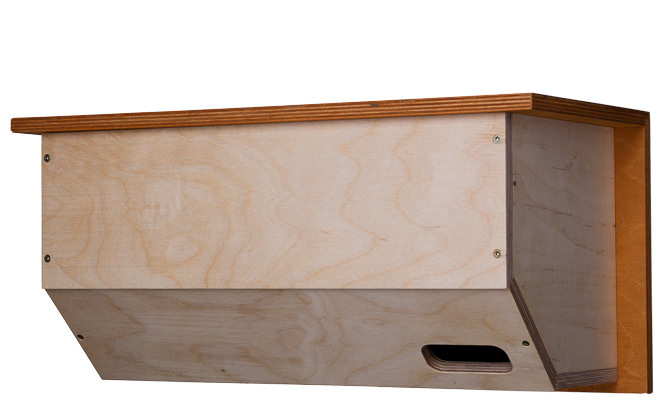
Swift Nest Box
Swifts like to nest in the eaves of buildings, so we have designed a nest box specifically for these aerial acrobats. The box features a 70mm x 30mm entry hole which is angled correctly to provide suitable access for these fast-moving birds. The box is a made from 12mm ply to give it strength, producing a safe nesting environment.

Sparrow Terrace Nest Box
Sparrows are very sociable birds and as a result, prefer to nest together. To facilitate this, we created a three-terrace nest box specifically for them. The box is made of sturdy 12mm ply, providing a safe yet sociable nesting environment.
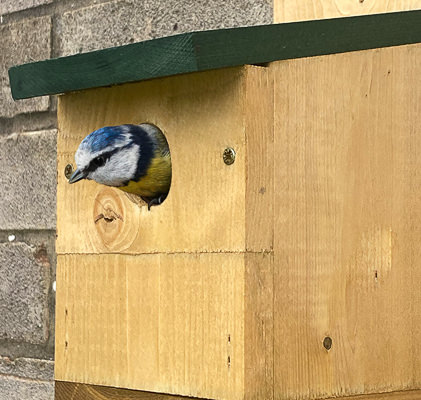
Multinester Nest Boxes
Our Multinester nest boxes have a front piece with a hole in it. If the front piece is attached, the nest box is hole fronted. However, you remove the front piece, it becomes an open fronted box. This makes our Multinester range completely versatile, enabling you to provide homes for almost any species of garden bird.
Tips for Putting Up Your Nest Box
Obviously, the reason people put up nest boxes in the first place is to provide a safe environment for birds to raise their young, while at the same time attracting more birds to their garden, bringing the joy of new life with them.
To maximise the chances of this happening, there are a few tips to observe which will ensure you create the most attractive environment possible. These include:
Put Nesting Boxes up Towards the End of Winter
As mentioned earlier, most species of garden bird nest between February and August. Therefore, to ensure the best chance of attracting birds to your garden, make sure you have your nest boxes up before the end of winter. That said, it is never too early to put them up as some species will use them for roosting in particularly cold winter weather.
Shelter Your Nest Boxes from the Weather
The boxes themselves will shelter the birds inside from the worst of the weather. However, to fully protect them it is important to angle the hole slightly down to stop rain getting in, and away from any prevailing winds.
Place the Box 2 to 3 Metres Above the Ground (Where Safe to Do So!)
The best place to put a nest box is on a tree, between two to three metres high. This will help protect it against predators. However, ensure there is a clear pathway to the entrance hole and it is not covered by foliage, otherwise birds will be put off from using it. If you don’t have any trees, attach the nest box to the side of a shed or wall.
Space Nest Boxes Out
If you are going to put multiple nest boxes up, make sure they’re spaced out from each other. This is because many species of garden bird are territorial and being close together could result in aggressive behaviour.
Beware of Predators
The main predators that are likely to take an interest in nest boxes are cats and squirrels. The best way to prevent predation from either of these is to ensure there is nothing they can climb on up to reach the nesting box.
Keep Nest Boxes Away from Bird Feeders and Tables
Bird feeding stations tend to attract a lot of attention and activity which may disturb nestlings. It could also lead to aggressive confrontations between feeding birds and the nestling’s parents, which can disrupt the feeding routine.
Clean Your Nest Boxes After August
Before you start to think about cleaning out your nest box, you must make sure it is no longer being used. You can do this by watching for any movement of birds back and forth to the box.
Once you’re sure it is no longer inhabited, it is time to clean off all the dirt, excrement, and debris that has built up. Use soap and water or a bird friendly disinfectant and wash it completely inside and out. Then dry it thoroughly and put it straight back up as some birds may use it to roost over the winter months.
If you find any old eggs in the box, discard them as they can’t be kept or sold. However, you must do this in line with the law. Eggs can only be legally removed between September and January in England and Wales or August and January if you’re in Scotland.
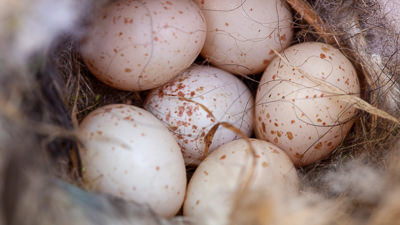
It is illegal to remove or destroy the nest or eggs of any wild bird whilst the nest is in use as all birds and their nests are protected by the law.
How Soon Will Birds Settle in My Nest Box?
Don’t be surprised if birds don’t come to your nest box straight away. They will need to find it first, and this can take time. That said, if it isn’t used for two or three years running after being put up, there might be something putting birds off, so it is best to find a new location for it for the next nesting season.
Can I Look Inside My Nest Box?
Many people would love to see the nestlings in the nest, and mum and dad taking care of them. However, we wouldn’t recommend this.
It is always bests to leave the nesting site alone whilst active to give mum, dad, and the young birds some privacy.
If the nest box allows, a small camera may be the best way to watch birds nesting however, this would need to be fitted discreetly so it didn’t disturb the occupants, and firmly so it didn’t fall.

Of course, it goes without saying that under no circumstances should you ever put your hand into the box, or try to touch, stroke or handle either the parent bird or the nestlings in any way.
Anytime is a Good Time to Put Up a Nest Box
With the nesting season just beginning, it feels like there is no better time to put some nest boxes up in your garden. However, the truth is there is never a bad time as well-placed nest box will get used all year, with birds breeding from February through to August and then roosting through winter.
With dwindling numbers, wild garden birds need our support all through the year, not just during nesting, so providing a safe place and high-quality wild bird food are two of the most kind and valuable things you can do for the feather friends in your garden.
View Our Entire Range of
Handmade Nest Boxes
find out moreOur recent posts giving advice and guidance on wild birds
Drum Roll for the Woodpecker, One of the UK’s Best Loved Birds
Reading Time: 10 minutes One of the most intriguing and evocative sounds in British woodlands is the Woodpecker tapping on tree trunks. But is the UK home to any other varieties of Woodpecker and if so, do they drum? In this blog, we take a closer look at one of Britain’s best loved and most iconic birds and unveil the secrets of their unique behaviour.
Ground Nesting Birds
Ground Nesting Birds In an earlier article, we looked at nesting behaviour in wild birds and how you could use this knowledge to encourage birds to nest in your garden. In that article we talked about birds that nest in [...]
Incredible Journeys – Bird Migration Explained
Reading Time: 11 minutes While many species of bird make the UK their home all year round, some just visit for the summer or winter months and then head off to distance shores for the rest of the year. In this blog, we examine bird migration, taking a deep look into one of nature’s most spectacular phenomena to find out more about what makes it possible.



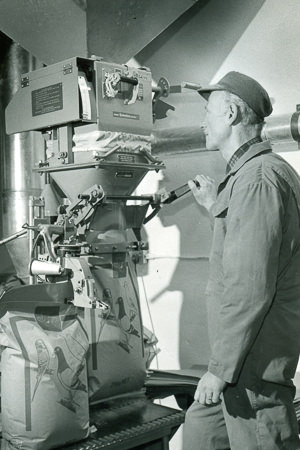
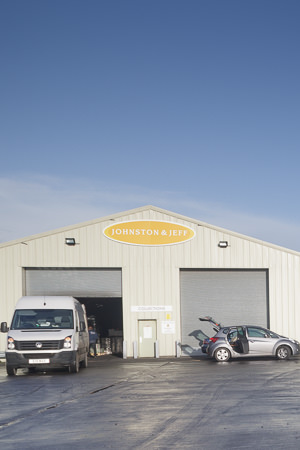



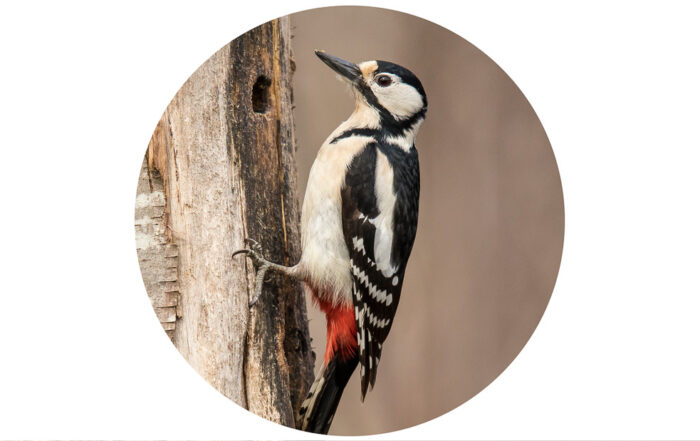
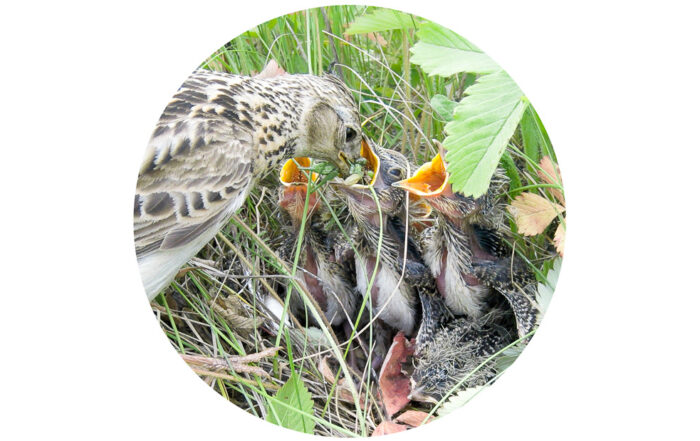
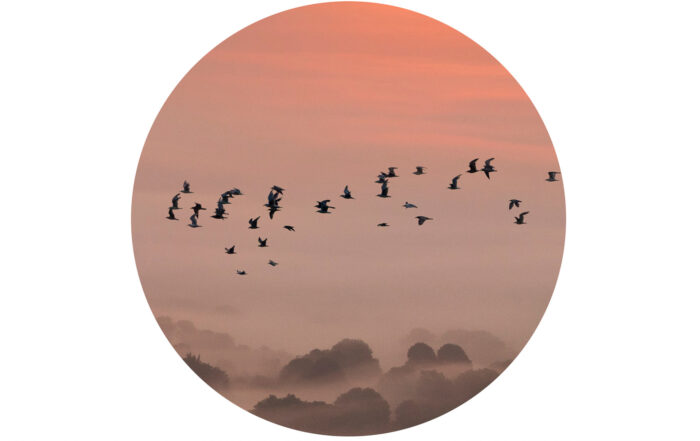
Leave A Comment